The Vietnamese shrimp industry could reach an export milestone of $4 billion this year. Vietnamese shrimp also has the opportunity to increase exports to the US.

However shrimp industry Vietnam still has many "bottlenecks" that need to be removed.
Waiting for decision on December 5
The whole industry is excited as export turnover has continuously increased over the past 10 months, and is preparing for new orders. This year, the Vietnamese shrimp industry could reach about 4 billion USD. By the end of October 2024, it had reached more than 3.2 billion USD.
The opportunity for the Vietnamese shrimp industry to reach new heights is not small, not only in the US. That is the advantage from Many FTAs have been signed by the Government, combined with high-class, deep processing level. Vietnamese shrimp has penetrated large, high-end consumption distribution systems in key markets around the world .
Another good news is that the US Department of Commerce (DOC) has just announced anti-dumping (AD) and countervailing (CVD) taxes on shrimp imported from various countries. The tax rate for our shrimp entering this market is 2.84% - lower than the 5.77% of India or the 3.78% of Ecuador.
Talking about the general impact of the shrimp industry, the most topical issue at this time would be the new US president's policy on import tax, especially for countries with trade surpluses.
It should be noted that this policy may in the immediate future affect the US International Trade Commission (ITC)'s decision on CVD tax on Vietnamese shrimp on December 5, 2024. Vietnamese shrimp will still be able to sell easily to this market with the current tax rate of 2.84%.
The ITC’s decision on December 5 will be implemented from mid-December and is important to the Vietnamese shrimp industry. However, the Vietnamese shrimp industry itself also has “bottlenecks” that need to be resolved.
Challenges of dead shrimp and lack of raw materials
The big challenge for the shrimp industry is that the shrimp fry are infected and the water source is increasingly unfavorable, so many shrimp die. No one admits their fault. The seller says my fry are good. The farmer says it's not good, just a month after releasing them, they all died of disease. Then they argue back and forth.
Actually, the problem can still be separated. For example, it is estimated that if the pond is not properly treated, the damage will occur about a month and a half after releasing the fry, and if it occurs before a month, the fry are already infected. Currently, some shrimp farming areas are damaged about a month after releasing.
But now no one admits their mistakes. The two sides discussed back and forth without an exact number, only saying that now the number of infected fish fry is quite common, at least 30 - 40%, meaning that out of 100 ponds, 30 - 40 ponds have problems with fish fry.
During the period 2010 - 2015, farmers bought insurance but then had a shrimp outbreak with acute hepatopancreatic necrosis, which kept dying, and the insurance stopped selling.
One thing leads to another. This situation has led to the recent decrease in commercial shrimp, and the price is very high. Relatively, the cost of our farmed shrimp is even higher than that of Indian and Ecuadorian shrimp, which is nearly 1 and 1.5 USD/kg, respectively. Meanwhile, the area of farmed shrimp that meets ASC standards and has a system-wide farm code in our country is still very low, under 10%, while ASC-standard shrimp from Ecuador is over 30%.
Need open policy
We have an advantage over many countries in terms of tariffs when participating in many free trade agreements. But remember that these factors also depend on political , diplomatic and economic fluctuations.
It is also not easy to take advantage of tariff preferences from FTAs. For example Vietnam - EU Free Trade Agreement signed but raw shrimp must follow EU standards.
But it is not without solutions.
One is to form shrimp farming cooperatives of about 100 hectares. Two is to have policies to encourage investment in agriculture in general and shrimp in particular; to encourage land accumulation and concentration to form new farms, according to prescribed standards and other requirements. Three is to implement the "Greening the shrimp industry" program, in order to respond to the world trend as soon as possible.
The most important factor to improve the current bottleneck is to have an open policy, encourage land consolidation, land accumulation and concentration, attract investors to participate in shrimp farming, and form large farms like its competitor Ecuador.
Source




![[Photo] President Luong Cuong receives delegation of the Youth Committee of the Liberal Democratic Party of Japan](https://vstatic.vietnam.vn/vietnam/resource/IMAGE/2025/8/22/2632d7f5cf4f4a8e90ce5f5e1989194a)



![[Photo] Prime Minister Pham Minh Chinh chairs the conference to review the 2024-2025 school year and deploy tasks for the 2025-2026 school year.](https://vstatic.vietnam.vn/vietnam/resource/IMAGE/2025/8/22/2ca5ed79ce6a46a1ac7706a42cefafae)
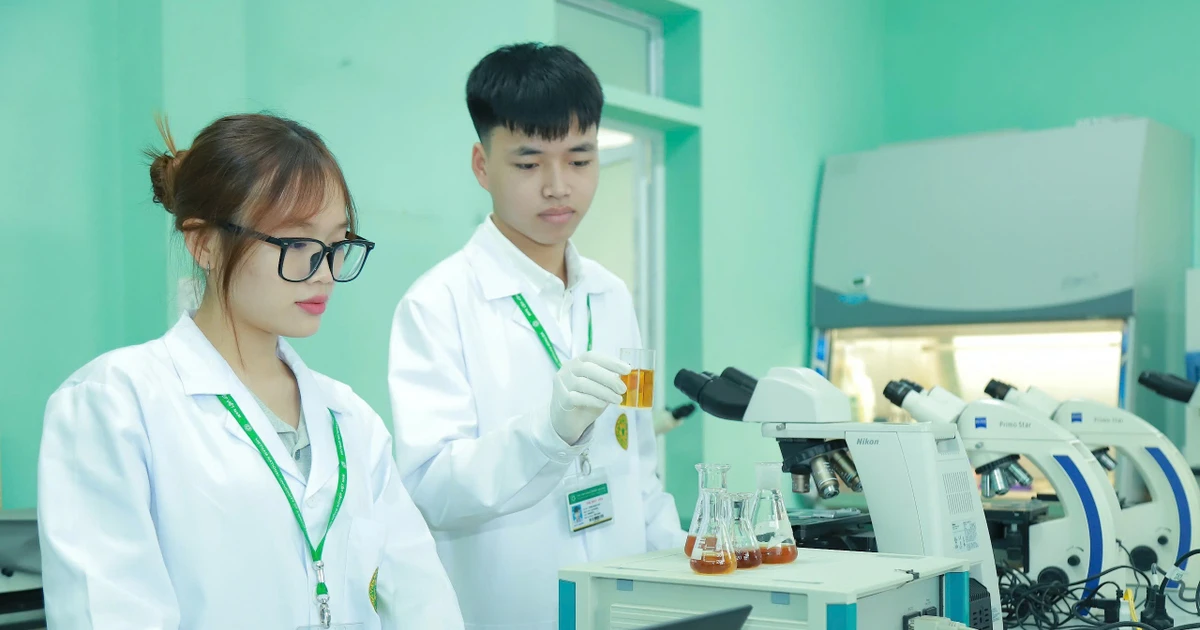

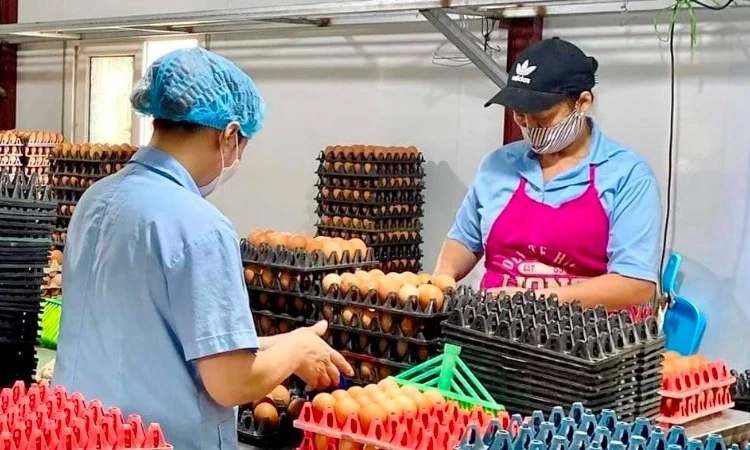
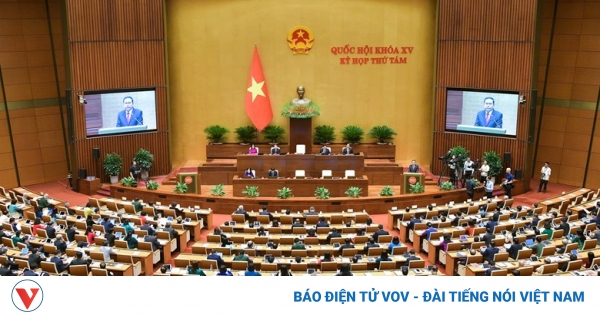

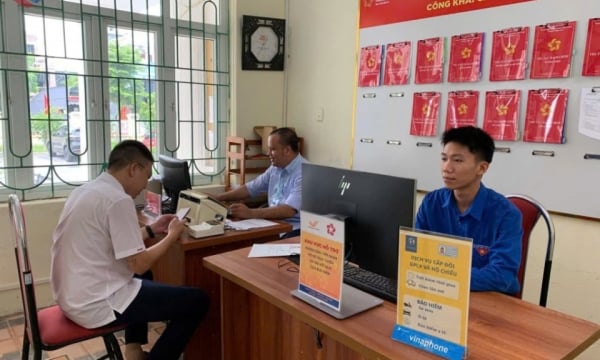




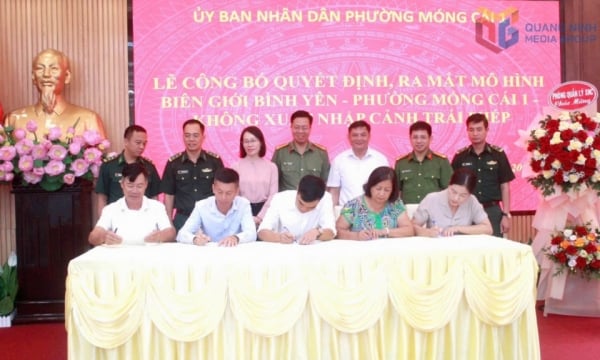
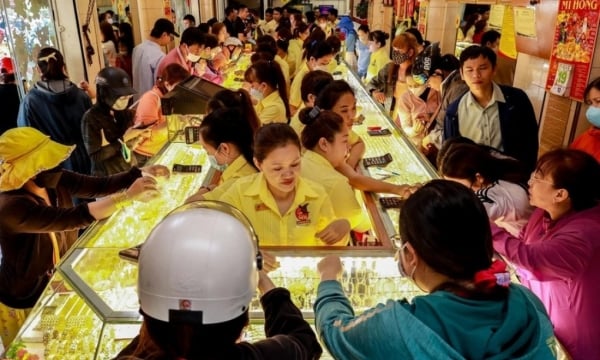



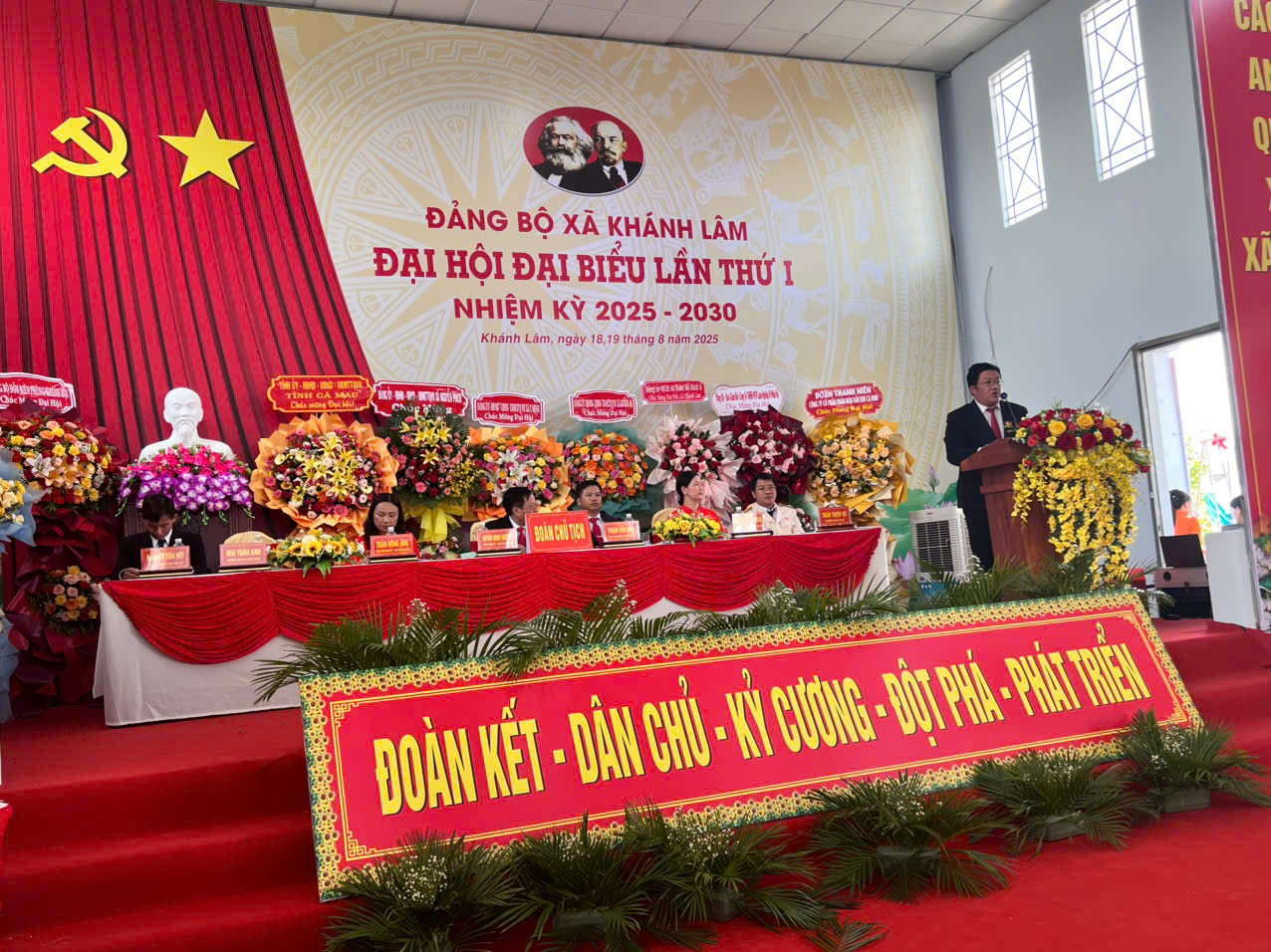
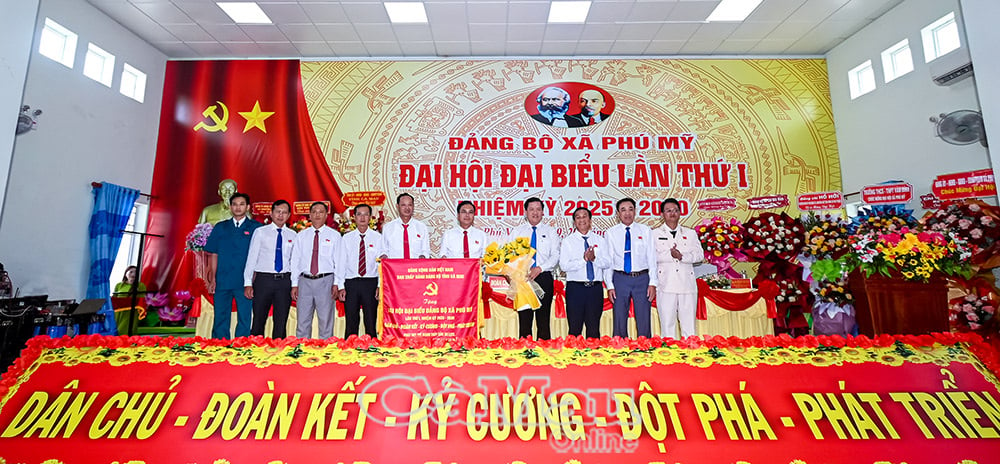
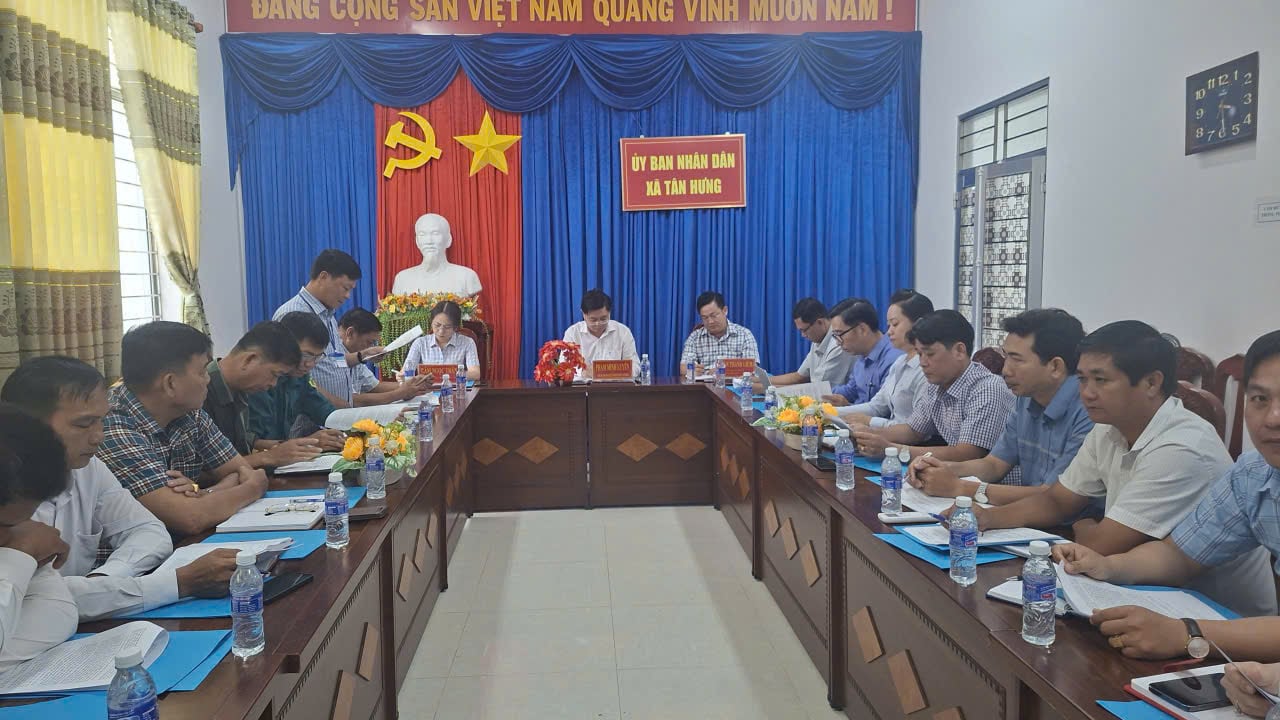
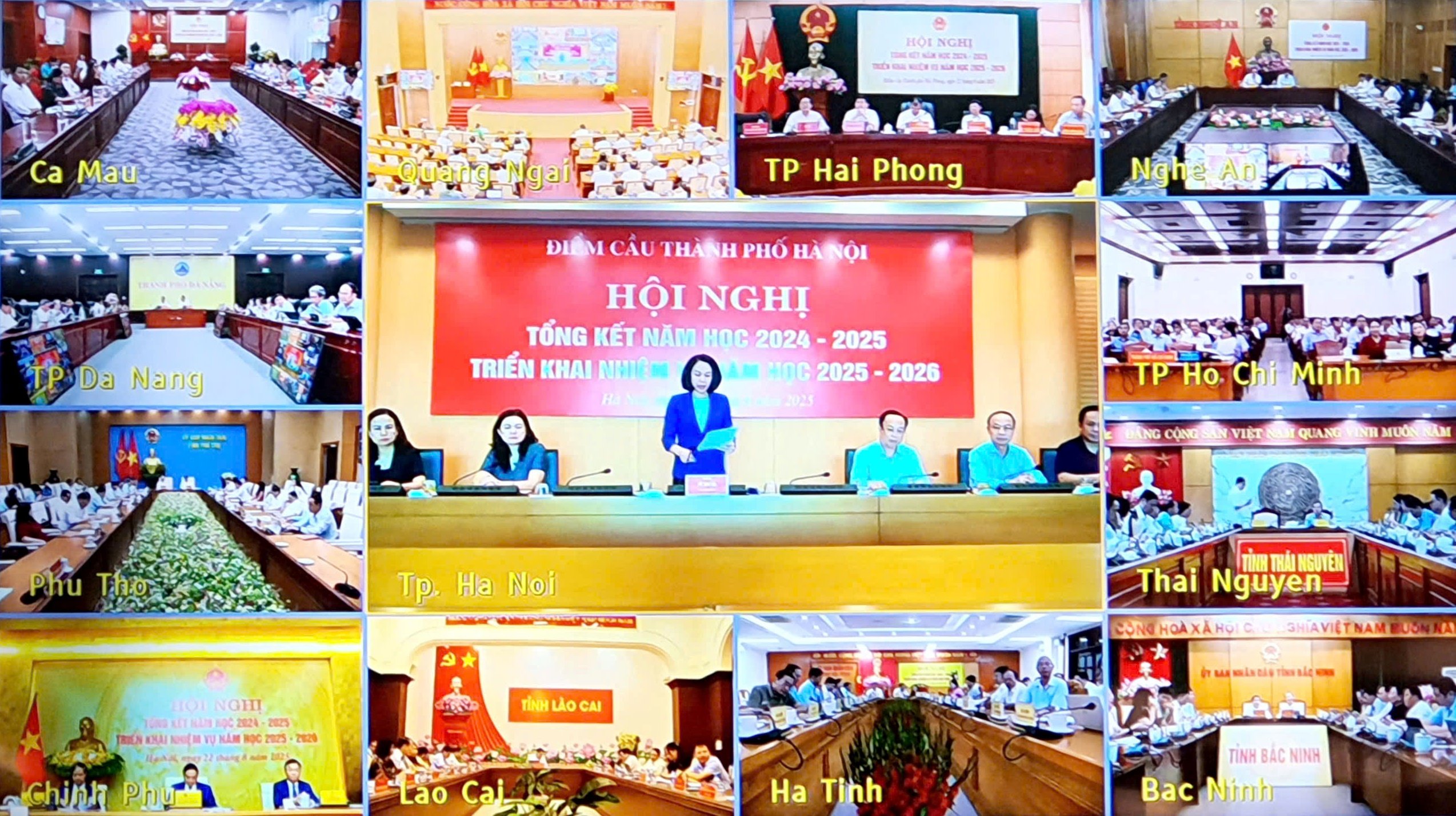
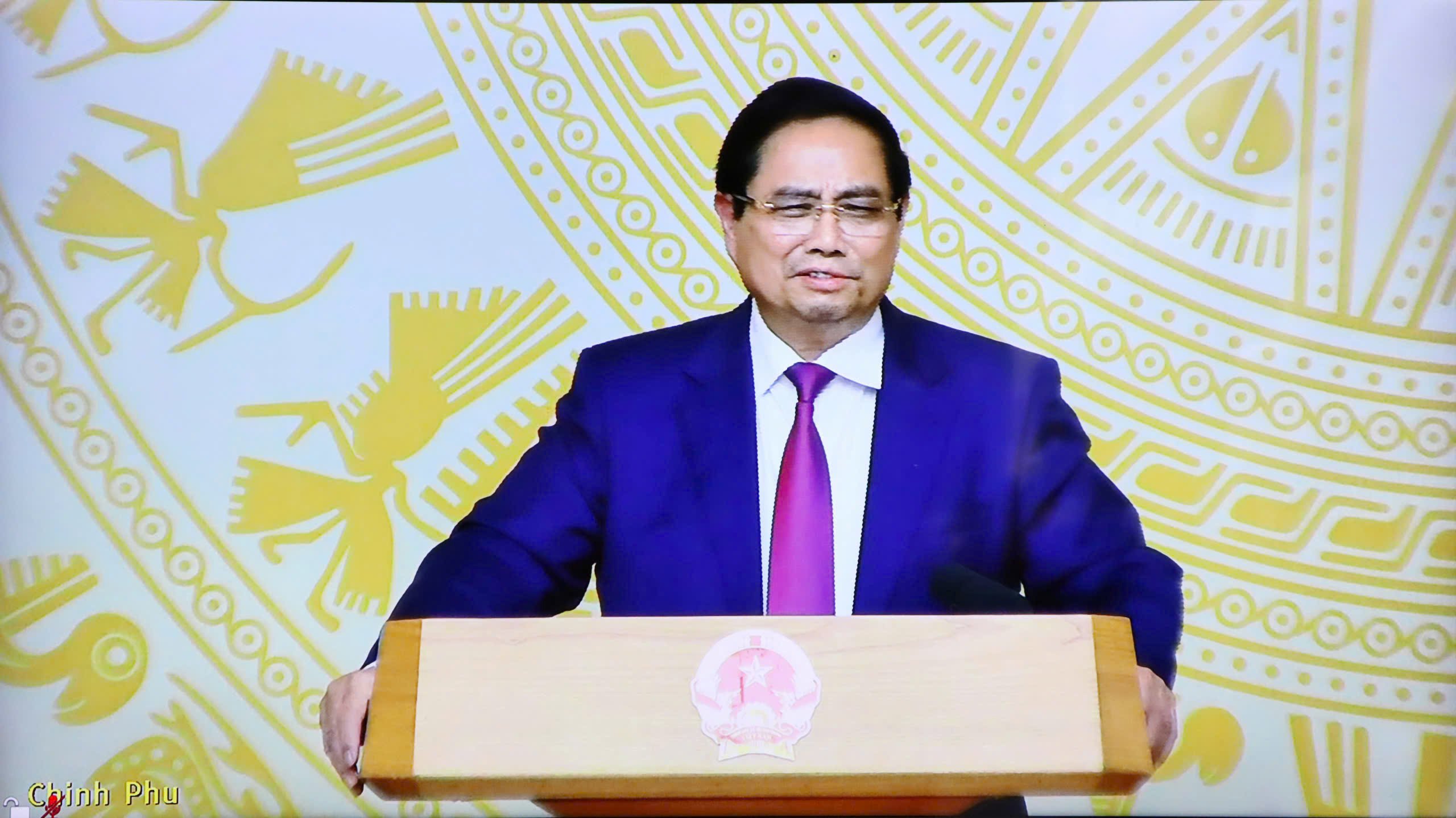
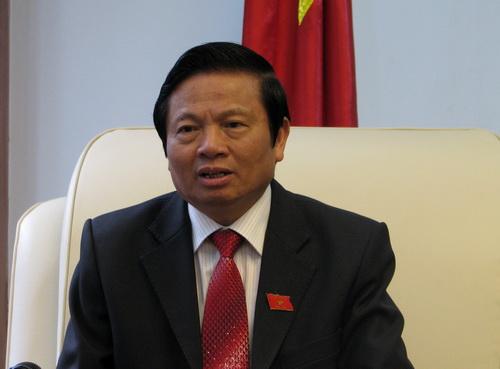
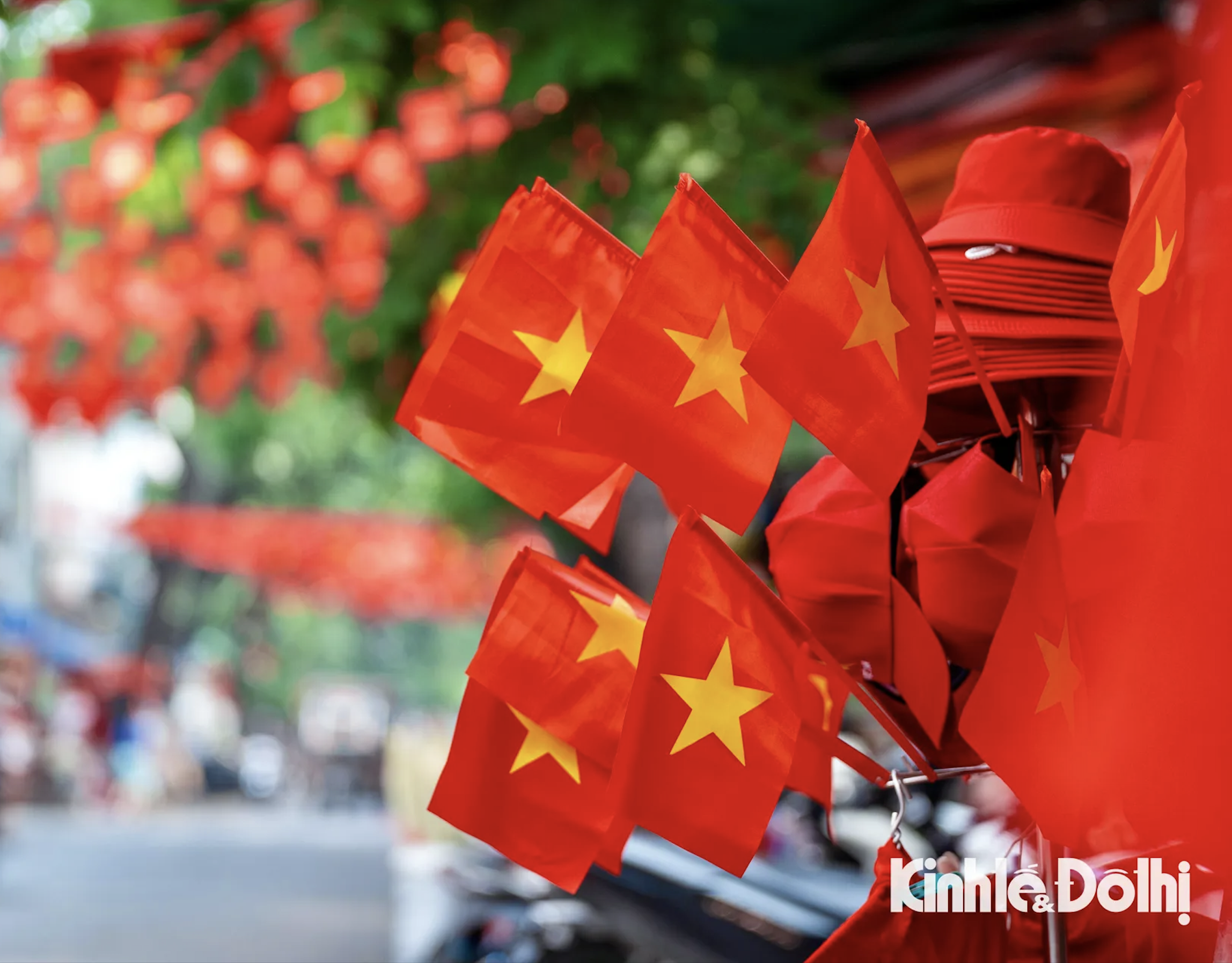





































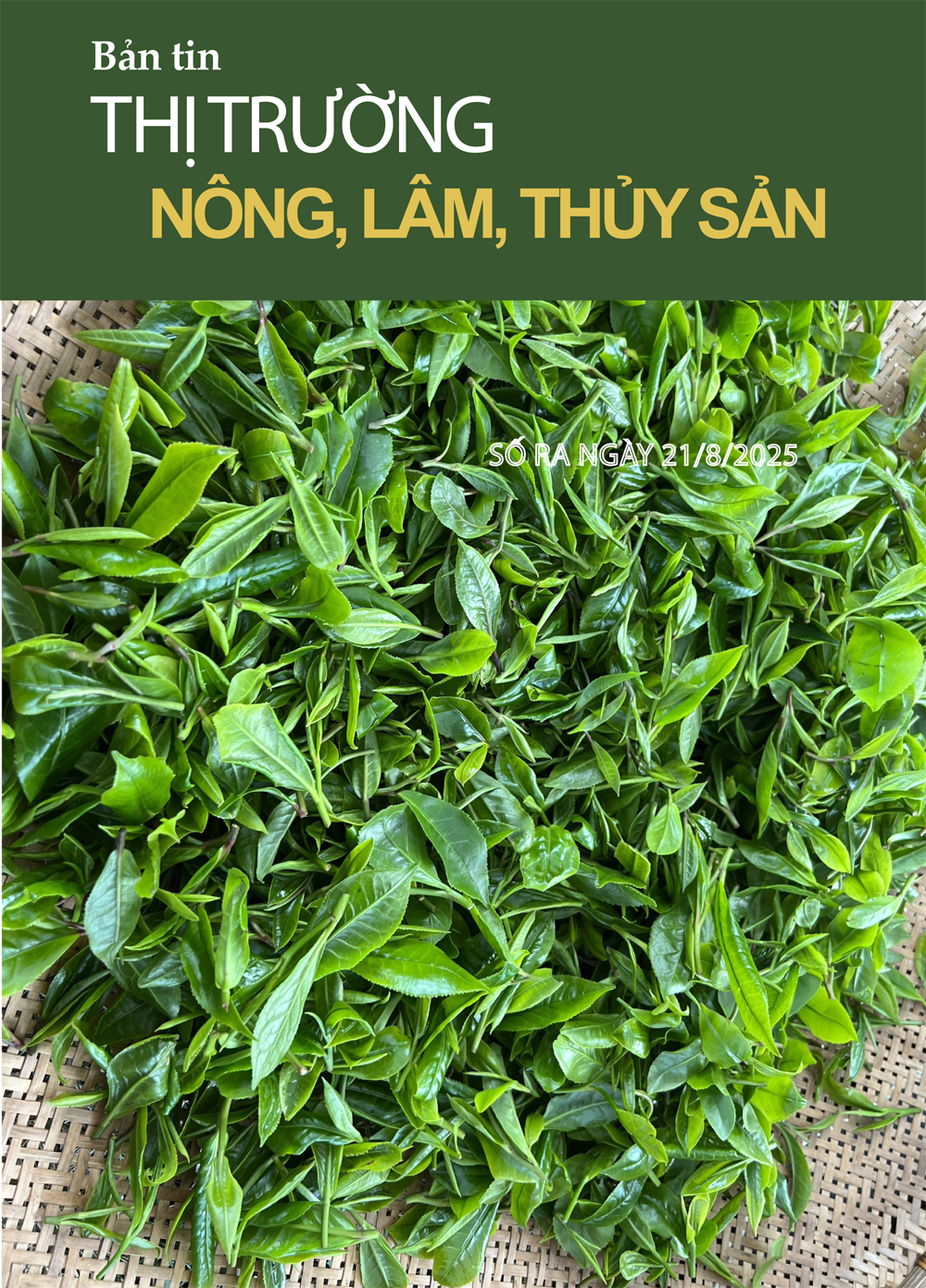

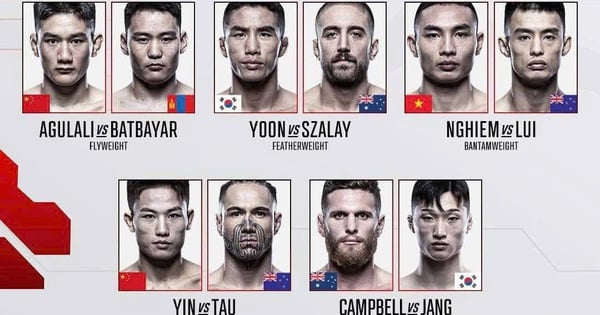


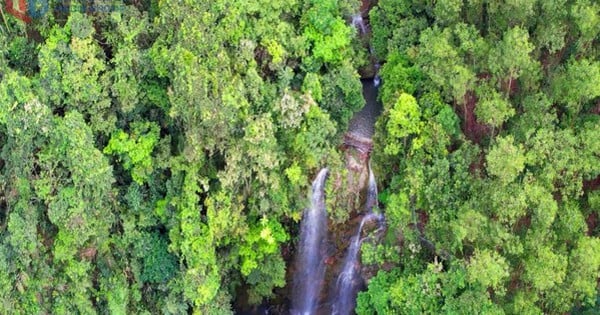

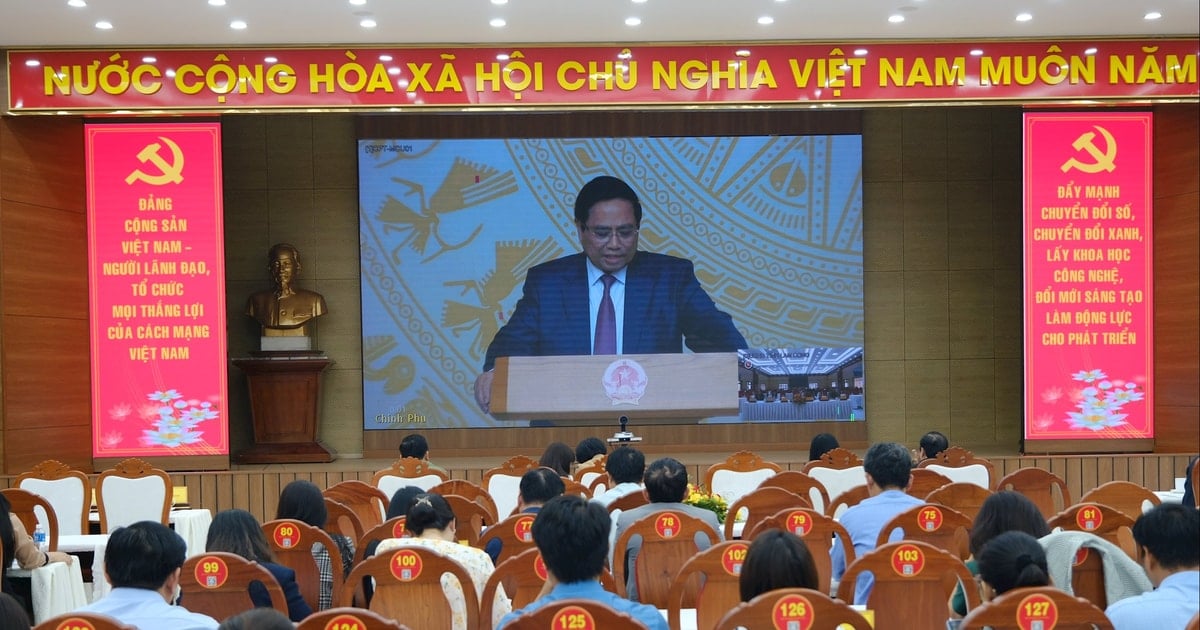

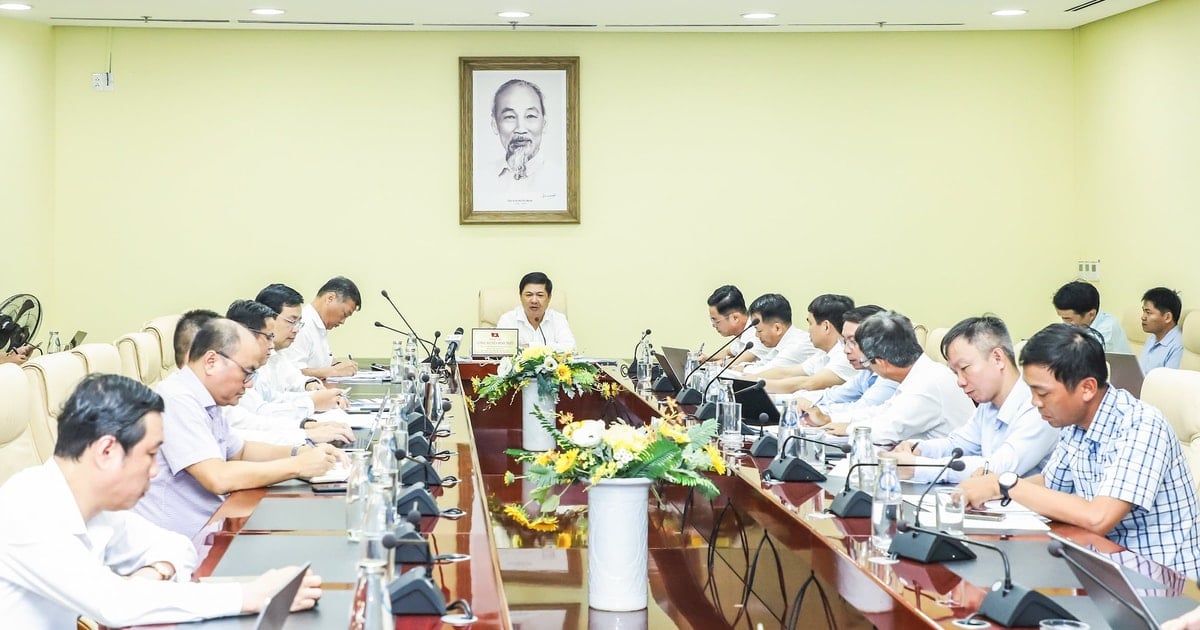

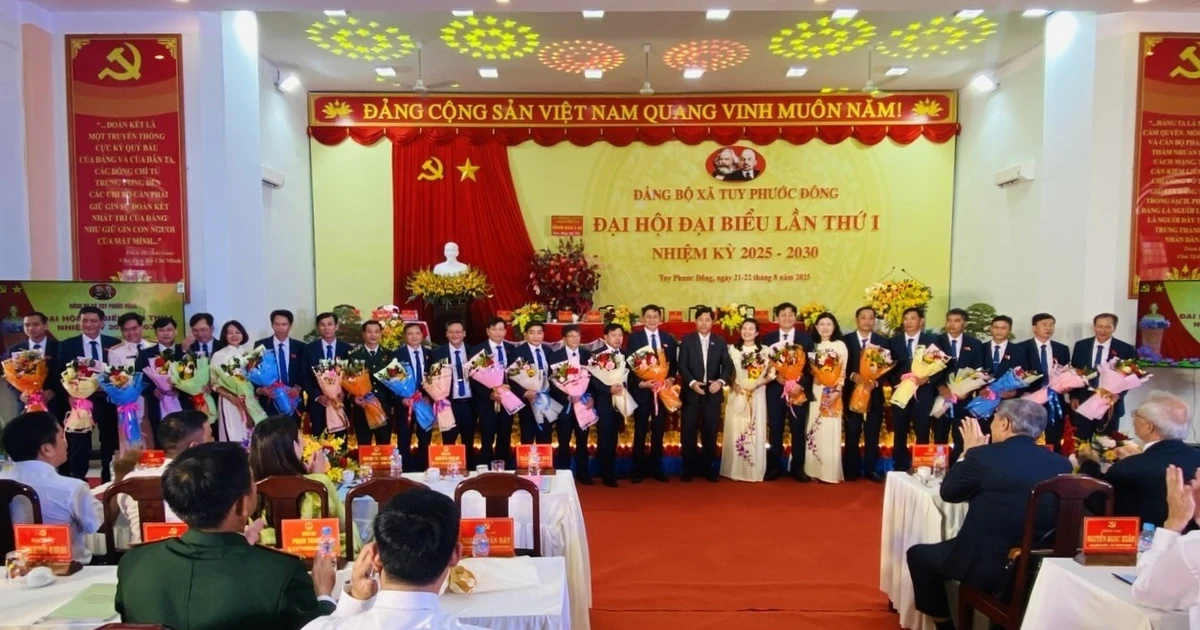



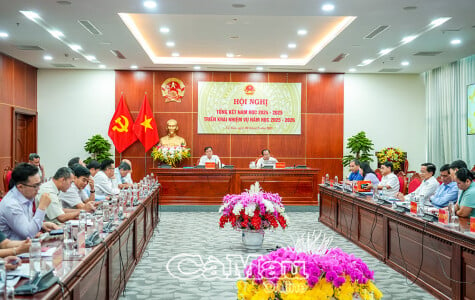
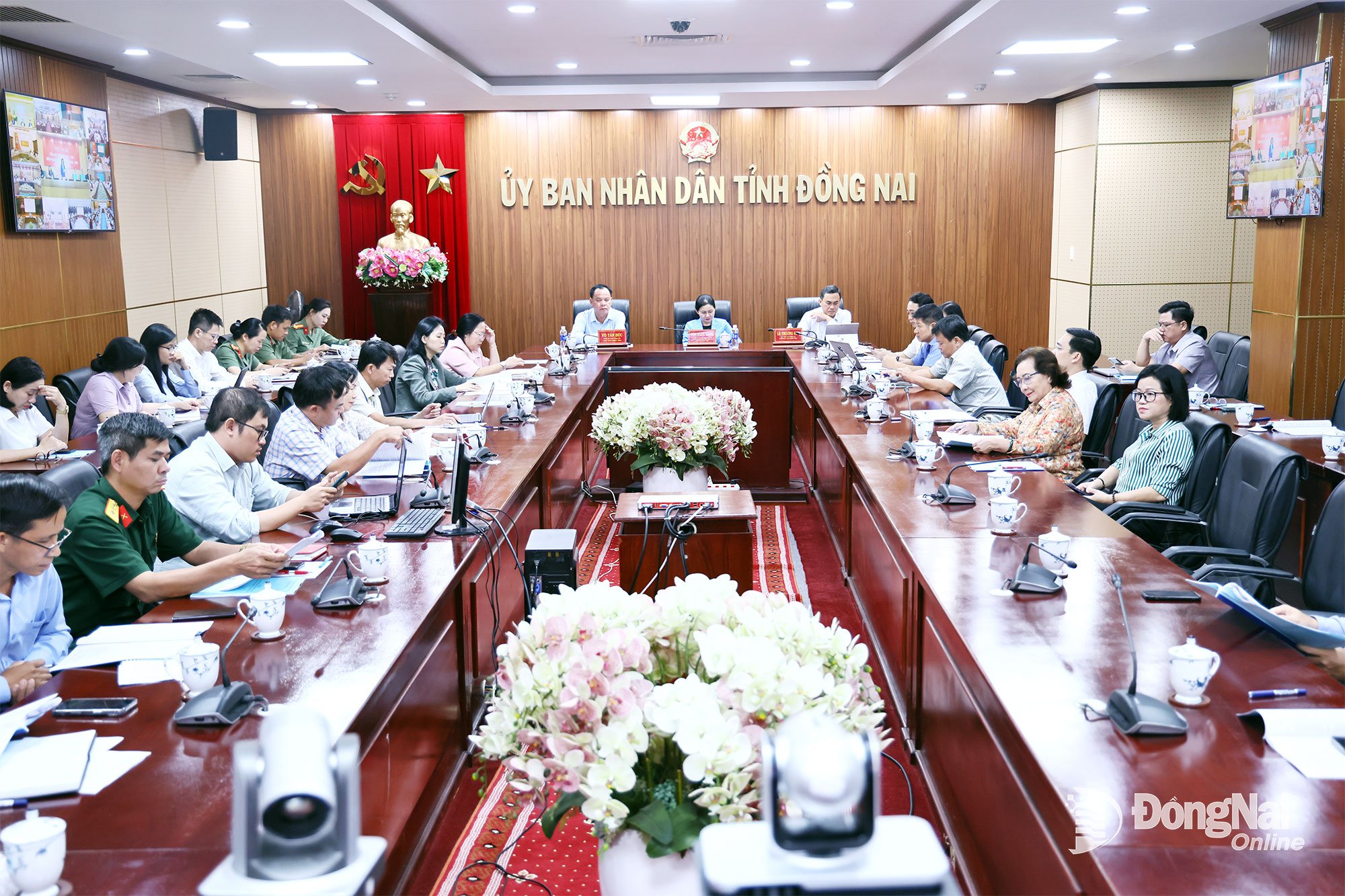















Comment (0)